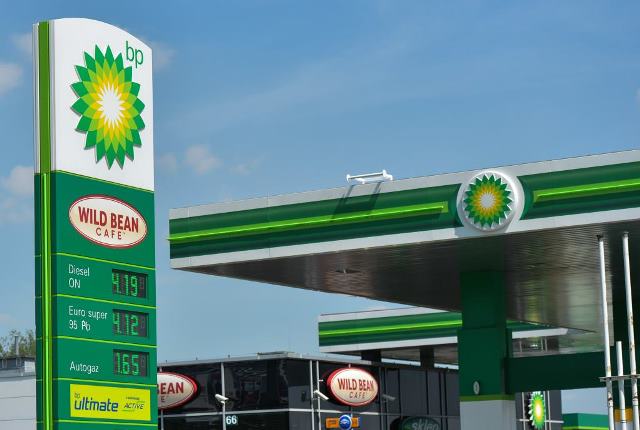Energy major BP is betting on hydrogen to power low-carbon businesses, Reuters news report said.
Low-carbon hydrogen is forecast to play a major role in reducing greenhouse gas emissions from heavy industries and some forms of transport. But it is expensive to produce and often needs government support to compete against fossil fuels.
The United States is offering large incentives for producing it under President Joe Biden’s $430 billion Inflation Reduction Act (IRA).
BP is in the early planning stages to develop a large, low-carbon hydrogen hub around its Whiting, Indiana refinery, Tomeka McLeod, BP’s newly-appointed head of hydrogen in the United States, told Reuters.
BP CEO Bernard Looney, who took office nearly three years ago, pledged to reshape BP and cut carbon emissions by reducing oil and gas output and growing renewables. He is preparing to update investors on Feb. 7 on where things stand.
Hydrogen will have a starring role along with offshore wind, BP company sources told Reuters.
BP has overhauled its structure to create a dedicated hydrogen division led by Felipe Arbelaez which includes 150 staff. It also made several investments in large hydrogen projects, including in Australia, Europe and Britain.
BP is also exploring the potential for developing green hydrogen in Oman, and is also looking into projects in Mauritania.
BP’s spending on low-carbon hydrogen is expected to grow into the hundreds of millions by the end of the decade as projects gets under way.
BP spent roughly a quarter of its $15.5 billion budget in 2022 on low-carbon businesses, when including the $4.1 billion acquisition of U.S. biogas producer Archaea, according to Reuters calculations.
Looney and BP’s head of renewables Anja-Isabel Dotzenrath will unveil in February a clean hydrogen production target for the first time, aiming to capture 10 percent share of hydrogen in “core markets” by 2030.
“Hydrogen will be a big focus and it is moving much faster than we ever thought it would,” Chief Financial Officer Murray Auchincloss told Reuters last month.
Most hydrogen is currently used in oil refining and the fertilizer industry and is usually made by heating natural gas, a highly polluting process, known as grey hydrogen.
To expand its blue hydrogen business, BP is counting on its oil and gas experience to build carbon capture and storage facilities, where carbon is injected into depleted reservoirs
It is also planning to boost its renewables power generation capacity to 50 gigawatt by 2030 which will be used in part to power electrolysers.
BP declined to comment on whether it will set a hydrogen production target or on its spending plans for hydrogen.
BP’s project at its Whiting refinery will initially replace around 200,000 tonnes of grey hydrogen used by the refinery every year with blue hydrogen, McLeod said. The project could start operating by 2026-2027 and be expanded to green hydrogen.
The low-carbon fuel will in a second phase be used by other heavy industries in the area to reduce some 36 million tonnes of CO2 emitted there every year.
The project will rely on subsidies, highlighting hydrogen’s challenge in competing with lower-cost fossil fuels.
The IRA offers a $3 per kilogramme tax credit for clean hydrogen, which brings green hydrogen to par or even below the cost of grey and blue hydrogen, according to analysts.
Subsidies will initially allow green and blue hydrogen to compete with grey hydrogen, allowing consumers to switch to cleaner fuel, McLeod said.
“Demand growth for new hydrogen applications is going to be a function of cost competitiveness,” said Andy Brogan, Global Oil and Gas Leader at EY.
BP is one the biggest investors in hydrogen projects among the world’s top oil and gas companies, including Shell, TotalEnergies, Repsol and Italy’s, according to Globaldata, a data provider.
BP acquired in June a 40.5 percent stake in a 26 gigawatt renewables project in Australia that could produce green hydrogen. It is developing two projects in Britain where it aims to produce 1.5 gigawatt of blue and green hydrogen by 2030.

